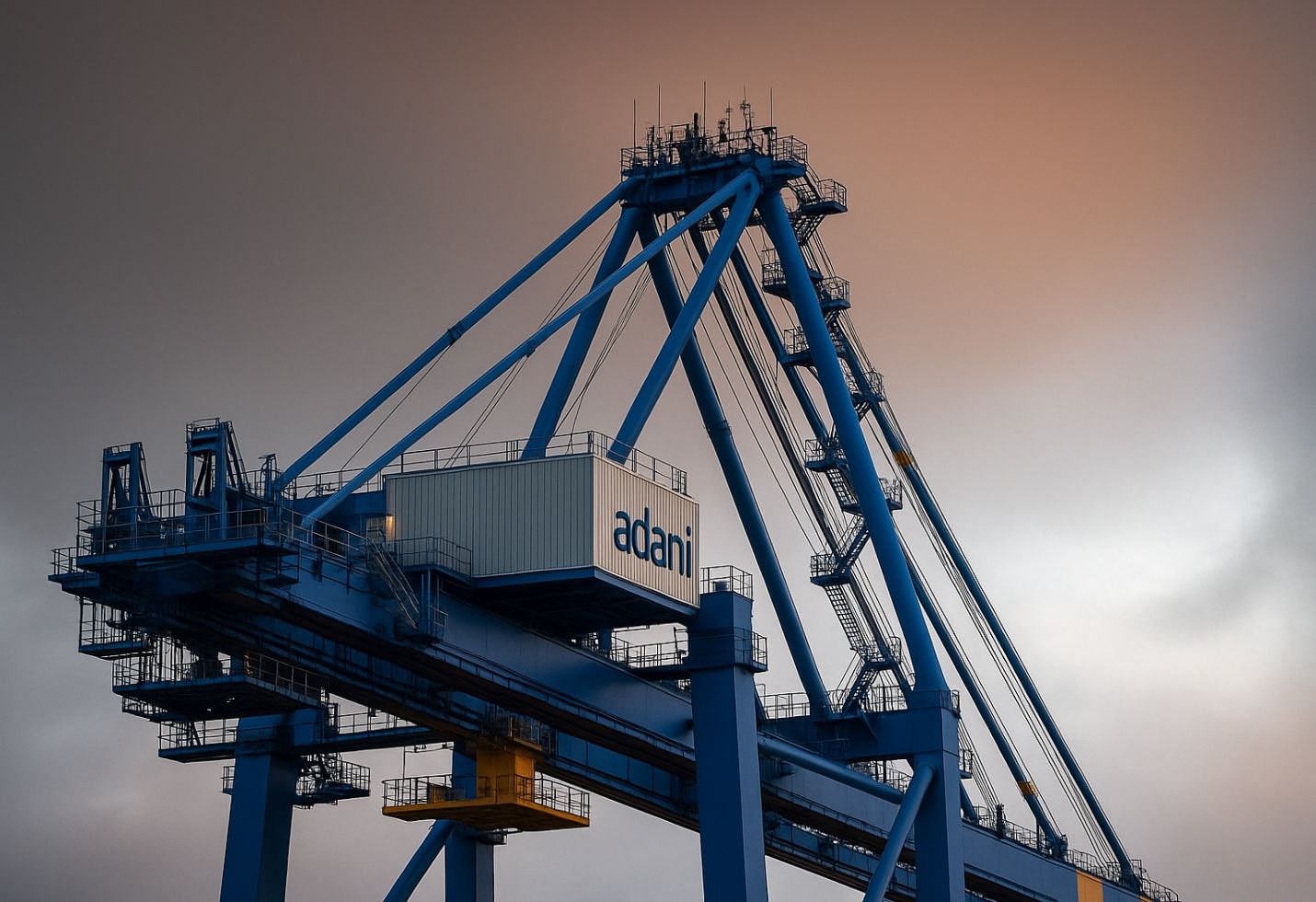Infosys’s ₹300 crore Mohali Campus: What it Means for the IT Sector and Investors
On September 25–26, 2025, Punjab’s Industry Minister announced that Infosys Limited will invest ₹300 crore to build a new campus in Mohali. The campus is to be developed on roughly 30 acres in phases: an initial 3 lakh sq. ft. followed by a second phase of about 4.8 lakh sq. ft., with the first phase expected to create ~2,500 direct jobs. Construction was reported to begin in early November, with multi-year completion timelines for later phases.
Strategic Rationale — Development of Talent, Geographic Expansion, and Integration of AI Technologies
For a large IT services firm, adding a 30-acre campus in Mohali advances three strategic aims: access to tier-2 engineering and technology talent outside metro clusters, geographic diversification of delivery centers (which reduces single-location operational risk), and capacity for building dedicated labs or AI-focused teams to support platform and product initiatives. Punjab officials have framed the move as part of a broader push to build Mohali as a technology and semiconductor/ AI hub—an ecosystem play that benefits both the company and local suppliers.
Understanding the Materiality of a ₹300 Crore Investment
On the surface ₹300 crore (≈ ₹3 billion) is modest relative to Infosys’s balance sheet and capital return programs, but it is strategically meaningful. Infosys reported robust FY2024–25 financial metrics: consolidated revenues and high margins (operating margins around the low-20s percent range and net profit margins in the high-teens to low-20s reported in FY25 filings). The company also executed large shareholder returns recently—most notably an ₹18,000 crore share buyback—indicating strong free cash flow and willingness to return capital while continuing selective growth investments. In other words, this campus is funded from a position of balance-sheet strength and high cash generation.
Essential Financial Indicators for Investors
Key public metrics that provide perspective on the move include: trailing P/E in the low-to-mid-20s, market capitalization in the ~$65–75 billion (₹6+ trillion) band depending on the date, operating margin near 20–22%, and historically strong return on equity/return on capital metrics (ROE/ROCE remain elevated for the sector). These ratios imply that Infosys is a large, cash-generative company where a ₹300 crore capex is an incremental growth allocation rather than a risk to margins or balance sheet health.
Investor Response and Market Signals
Market reaction to individual campus announcements is usually muted for large caps, but context matters. The Mohali announcement follows aggressive shareholder returns (the buyback) and recent messaging around AI and product investments—together these signal a dual approach: return excess cash while selectively investing in long-term capacity. For investors, this shows management balancing investor returns with reinvestment in capacity that can underpin future revenue growth or margin expansion via higher-value engagements.
Sector-Wide Implications — What This Means for Suppliers and Local Players
A major campus from Infosys can catalyze local outsourcing, real estate development, training institutions and smaller IT services or BPO vendors who supply talent or facilities. State support and faster approvals (as noted by local government sources) lower execution friction and encourage other firms to consider expansions—potentially increasing sector hiring, supplier revenues and regional wage pressures (which over time could modestly affect margin dynamics across smaller peers).
Practical Moves Investors Can Take Now
* Long-term holders (core allocation): Treat this as a positive operational signal rather than a game-changer. If you hold Infosys for fundamentals (strong FCF, margins, valuation discipline), maintain allocation and monitor guidance for product/AI revenue traction. Consider rebalancing only if valuation overshoots your target P/E or if your portfolio needs sector exposure adjustment.
* Value/trend traders (shorter horizon): Campus news may spark short-term intraday moves in related regional stocks (real estate, facility services) and small-cap IT vendors. Use volume and price action; avoid over-leveraging on headline-driven runs.
* Income/total-return investors: Focus on buyback and cash-flow metrics—Infosys’s large buyback implies shareholder capital return priority, which supports total-return theses even if revenue growth is steady rather than explosive. Track free cash flow and buyback execution.
* Monitor KPIs: Watch for updates on hiring timelines, utilisation improvements, any capex guidance changes, and incremental revenue tied to new campus teams (e.g., AI-related offerings). These will convert the capacity investment into measurable value.
Key Risks & Considerations
The primary risk is execution: land, construction, local approvals, and talent hiring can face delays. Macro risks—foreign demand slowdown, currency swings, or margin pressure from rising employee costs—remain sector-wide considerations. Finally, confirm whether announcements translate to balance-sheet or off-balance commitments; ministerial statements are credible but investors should wait for formal company disclosures for capex phasing.
Conclusion
Infosys’s ₹300 crore Mohali campus is a strategic, well-sized expansion that leverages the company’s strong cash position and supports talent and regional ecosystem growth. For long-term investors it’s a positive operational tidbit that complements recent buybacks and product investments; it reinforces a conservative capital allocation posture but is not, by itself, a game-changer for valuation. Stay focused on FCF, margin trends and concrete revenue outcomes from new capabilities as the definitive indicators of investment upside.
The image added is for representation purposes only










